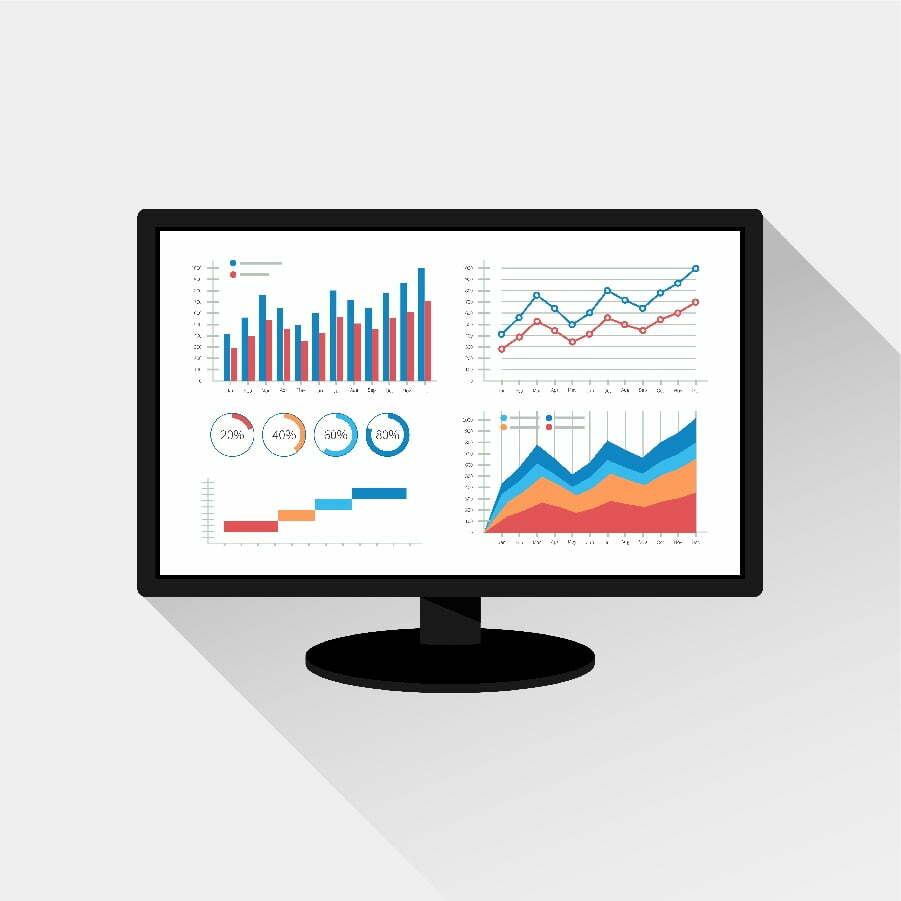Monitor and manage a cloud-hosted website using monitoring tools, setting up alerts for performance issues and resource utilization, and regularly checking the site’s uptime.
Cloud-hosted websites offer many advantages, including scalability and cost savings. However, they also require careful monitoring and management to ensure the website runs optimally.
We will discuss the best practices for monitoring and managing a cloud-hosted website. We’ll cover topics such as setting up alerts, performance monitoring tools, security measures, backup strategies, and more.
By following these steps, you can ensure your cloud-hosted website is running smoothly.
To monitor and manage a cloud-hosted website, it is essential to use tools such as logging services, performance monitoring services, and auto-scaling features. It is essential to check the server logs for errors and security threats regularly.
Regular backups should be taken to ensure data integrity in case of unexpected outages or failures.
Website Hosting Monitoring

Website hosting is storing a website’s files and data on a server so that users over the internet can access it. When a website is hosted in the cloud, its files and data are stored on remote servers instead of local ones.
This allows for greater scalability, flexibility, and cost savings compared to traditional hosting solutions. When monitoring and managing a cloud-hosted website, there are several key considerations to keep in mind.
First, you must ensure that your website is always up and running with minimal downtime or disruption. You should also monitor performance metrics such as page load times and uptime percentages to ensure optimal user experience.
You should regularly back up your site’s data in case of unexpected issues or disasters. You should have an effective security strategy to protect against malicious attacks or unauthorized access attempts.
Website Performance
Website performance is an essential factor to consider when monitoring and managing a cloud-hosted website. Website performance refers to how quickly the website loads, how responsive it is, and how well it performs under different conditions.
It also includes factors such as page loading speed, server response time, uptime percentage, and other metrics that measure the website’s overall user experience. Monitoring website performance involves tracking these metrics over time to identify any issues or trends affecting the site’s performance.
This can include analyzing data from web analytics tools like Google Analytics or using specialized software solutions like Pingdom to track key metrics in real-time.
By regularly monitoring these metrics, administrators can quickly identify any potential problems with their cloud-hosted websites before they become significant issues for users.
Managing a cloud-hosted website also requires regular maintenance tasks such as updating plugins and themes, optimizing images for faster loading times, running security scans for malicious code or vulnerabilities, and ensuring all content is up-to-date with current best practices.
Regularly performing these tasks helps ensure that your cloud-hosted website remains secure and performs optimally.
Server Monitoring
Server monitoring is keeping track of a cloud-hosted website’s server performance. This includes tracking metrics such as uptime, response time, and resource usage.
Server monitoring helps ensure that the website runs smoothly and efficiently by providing real-time data on how the server is performing. It also allows administrators to identify potential issues before they become major ones.
By regularly monitoring a cloud-hosted website’s server performance, administrators can quickly address any issues and keep the site running optimally.
Network Security
Network security is an integral part of monitoring and managing a cloud-hosted website. Network security protects the network from unauthorized access, malicious attacks, and other threats.
This can be done by implementing firewalls, encrypting data transmissions, using secure protocols such as SSL/TLS for communication between servers and clients, and regularly patching software to ensure any vulnerabilities are addressed quickly. It is essential to monitor the network for suspicious activity or attempts at unauthorized access.
This can be done through log analysis or intrusion detection systems which alert administrators when suspicious activity is detected on the network.
Data Storage
Data storage is an essential part of monitoring and managing a cloud-hosted website. Data storage refers to the process of storing data in a secure, organized manner so that it can be accessed quickly and efficiently when needed.
Cloud hosting services provide users with access to large amounts of data storage space, allowing them to store their website’s content, such as images, videos, documents, and other files. This data must be stored securely to protect it from unauthorized access or malicious attacks.
When using cloud hosting services for data storage, users should ensure adequate security measures to protect their data from potential threats. This includes encrypting sensitive information before uploading it onto the server and regularly backing up all stored files on an external hard drive or other secure location.
Users should monitor their cloud-hosted websites for any suspicious activity or changes made by unauthorized individuals who may attempt to gain access to the site’s content without permission.
Read Also
- How Do You Troubleshoot Issues With a Cloud-hosted Website?
- How Does Cloud Hosting Support the Use of Monitoring Tools?
- How Does the Location of the Cloud Hosting Provider Affect the Performance of the Website?
- How Do You Migrate a Website From Traditional Hosting to Cloud Hosting?
- What Are the Security Considerations When Using Cloud Hosting?